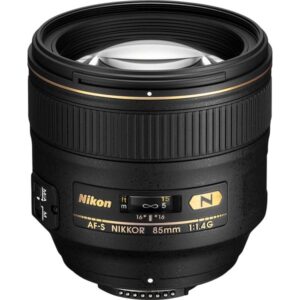

You can choose between Spherical and Anamorphic lenses. Choosing the Displacement option enables you to analyze the distortion on one image or grid and use the STMap node to apply that distortion to another image. Displacement - Choose to leave the input image alone and store the pixel displacements corresponding to the calculated distortion in the UV channels, so they can be used by the STMap node.Image - Choose to distort or undistort the input image.You can also change these to apply distortion to the input directly.)Ĭhoose your output type depending on whether you want to distort the input image directly or just preserve the distortion information to use it on another image: LensDistortion Tab (After you’ve estimated your lens distortion, you can view the values on this tab.

You may not want to analyze all regions of your Source image, for example, if there are moving objects in the image. By default, the lens distortion analysis is limited to the non-black areas of the mask. Vladimir Grigoryants, MD is a board certified plastic surgeon specializing in rhinoplasty.Ĭlick on the link to view more rhinoplasty before and after photos.The image sequence to apply lens distortion to or remove lens distortion from.Īn optional image to use as a mask. These images show as close to real life look as possible and these types of images should be used to analyse surgical results.ĭr. There are no shadows on the face and nose and no flash was used. These photos show no facial stretching and ears show as much as in real life. The photo was taken with a Nikon SLR (55mm lens with a total focal length of 85mm). Nearly all swelling has subsided showing true midnasal narrowing and tip definition. This this an example of a photo taken in my office. Furthermore, photos should be taken in well illuminated conditions without shadows and without the use of flash. If using a phone camera, have the person taking photos step back 5-6 feet and zoom in to minimize facial stretching.

So, it is best to take photos using a SLR camera with a 50mm lens. This type of artificial facial and nasal stretching may cause anxiety and sometimes depression in patients undergoing rhinoplasty. The nose and face are wide, the distance between the eyes is wide and ears disappeared. Source: Ī selfie that clearly shows a stretched face. A photo taken with a 55mm lens produce a real life image without the stretching effect. Short lens camera (18mm) stretched the face and nose making the face/nose appear wider and longer. The nose is wider, face wider, and ears do not show. The images on the right taken with a short lens camera up close show the face and nose wider/longer and ears not showing. The image on the left (85mm) results in no distortion and ears show. If you do not see your ears on your photo as much as you do in real life, then your nose/ face are stretched by the ca mera.

If you are using a small camera or phone camera, you need to step back 5 feet and zoom in to diminish this stretching effect. However, it is best to use a DSLR camera with a 50mm lens (total focal length of 85mm) to get a real life image (without stretching), which is what is recommended for facial photography and what I use in my office to take before and after photos. Additionally, any nasal asymmetry maybe exaggerated due to stretching. This facial widening distortion also causes the ears to disappear on the photographs. Taking face photos with short lens cameras and up close results in the whole face, nose, and eyes appearing wider and face and nose longer than in real life. The lens on phone cameras is too short for facial photography.
#Camera lens distortion big nose how to#
So, it is very important to understand this distortion and learn how to analyze rhinoplasty results and how to take facial photographs to produce as close to real life images as possible. This study was published in JAMA Facial Plastic Surgery. This problem has become so common that some surgeons conducted a study and found that the nose appeared about 30 % wider and the tip of the nose 7 % wider than real life images when photos were taken up close. Also, some patient after rhinoplasty complain that their noses still looks wide or long in the photos taken with phone cameras. A number of patients before surgery complain that they do not like their noses in their photos. However, the phone cameras distort the face and nose making them wider and longer. Phone cameras and selfies have became very popular nowadays.


 0 kommentar(er)
0 kommentar(er)
